How To Increase Views On Wordpress Blog
Human beings are social creatures, and we find comfort in connecting with other people. Humans are also very impressionable, often making judgments and decisions based on what others think and do. These behaviors are directly related to social proof, where people act based on what they observe other people doing and enjoying. For online content, social proof can be anything from a celebrity endorsement to consumer reviews on a product page to recommendations from a family member. While virality and SEO help increase visibility, social proof is also an effective way to increase engagement on your WordPress site. One of the easiest ways to share social proof with your site visitors is by displaying the number of views specific pages or posts on your site have received. For example: By displaying these numbers on your site, visitors can tell when a particular post is gaining a lot of traction. As psychology predicts, they'll want to engage with content that others enjoy, giving your site more engagement and increasing the likelihood of customers taking desired actions, like signing up for your service, purchasing a product, or subscribing to a newsletter. This post will give an overview of WordPress' native views statistic and outline the two ways to display these numbers on your site to increase engagement and guide readers to your top performing posts. When you visit your WordPress analytics page, you'll likely see a chart like the one below that summarizes your site traffic and engagement by type: views, visitors, likes, and comments. Views are the number of times a visitor loads a page on your site. These numbers are updated every five minutes. It's important to note that, although this number takes into account the actions that each visitor takes on your site, views are not the number of people who visit your site. That number is tallied under visitors — let's go over this distinction below. Views and visitors are the two main units of site traffic on your WordPress site. A visitor is counted when a user visits your site for the first time in a specific period (day, week, or month). Visitor count is typically lower than view count because a single visitor can view multiple pages in one sitting, but they're still one visitor. You can think of it like this: Someone enters your site via the home page, so your visitor tally goes up by one. Then, they visit your "Blog" page and then your "Contact" page. At this point, your view count goes up by three because they loaded three unique pages on your site, but the visitor count remains the same because one person is responsible for three different page views. If this same visitor leaves your site and comes back three hours later, they're still counted under the same visitor tally, but views will go up depending on how many pages they visit. Should you choose to display view counts on your WordPress site, there are two ways to do this. The first method involves additional plugin downloads, while the second requires some technical know-how. Let's go over those below. If you don't have the technical skills to edit your own code, there are various WordPress plugins available to help you display total post views — here are three we recommend: Post Views Counter is a well-known, reliable plugin that you can use to display the number of times a post, page, or custom object is viewed. The tool can pull this data in four different ways: PHP, Javascript, Fast AJAX, or REST API. Within the plugin's display settings, you can customize the style and position of the view counter. Image Source You can also exclude view counts from individual visitors, like bots, logged-in users, or user roles like admin or editor. This plugin helps you display the number of post and page visitors to new and interested users. You can designate the plugin to only show the counts for individual posts or pages, helping you prioritize the most popular posts and content for increased engagement. Image Source The count display is minimalist, but you can alter the block's position, color, and size to match your current theme. Page Visit Counter can be used to display page view count as content blocks at the bottom of specific site pages or restricted to certain post types. This plugin is highly customizable, ensuring that the module is aligned with your site's appearance. If you feel comfortable editing code, you can display page views by making a few changes to your theme files: function gt_get_post_view() { $count = get_post_meta( get_the_ID(), 'post_views_count', true ); return "$count views"; } function gt_set_post_view() { $key = 'post_views_count'; $post_id = get_the_ID(); $count = (int) get_post_meta( $post_id, $key, true ); $count++; update_post_meta( $post_id, $key, $count ); } function gt_posts_column_views( $columns ) { $columns['post_views'] = 'Views'; return $columns; } function gt_posts_custom_column_views( $column ) { if ( $column === 'post_views') { echo gt_get_post_view(); } } add_filter( 'manage_posts_columns', 'gt_posts_column_views' ); add_action( 'manage_posts_custom_column', 'gt_posts_custom_column_views' ); <?php gt_set_post_view(); ?> <?= gt_get_post_view(); ?> Image Source Displaying total post and page views is a useful tool for generating social proof and authority. Still, it doesn't provide an in-depth analysis of your content's performance and who your site visitors are. Below we'll recommend four platforms that you can integrate with WordPress for more insight into your website analytics. HubSpot's WordPress Plugin is an all-in-one tool for viewing site metrics in your admin panel. You'll get an overview of traffic analytics, page performance, or any custom metrics you create. You can also get in-depth information about your most avid audience members, helping you create content they enjoy. Pro tip: The HubSpot WordPress plugin will also let you use HubSpot email marketing, CRM, forms, popups, and live chat on your WordPress website. Image Source MonsterInsights is another well-known Google Analytics plugin with over three million active installations. With MonsterInsights, you can easily set up Google Analytics in WordPress and access both analytics and campaign tracking from your admin dashboard. You'll get real-time insights about who is online and the actions they're taking on your site, as well as specific page-level analytics for your most popular posts. You can even use MonsterInsights to display your top-performing posts anywhere on your WordPress site to increase page views and engagement. This tool can be used across multiple devices, allowing you to view your analytics at any moment. Jetpack is a suite of security, performance, and site management tools for WordPress that compiles visitor behavior reports from Google Analytics. It comes with native standard measurement categories, like views and visitor count, but you can also create custom reports to obtain more detailed insights. Image Source As a site owner, you've likely heard of Google Analytics. This plugin uses a tracking code to gain insight into website and page activity. You can use their default measurement reports or create custom objects to gain a more in-depth understanding of your users. When you display a page and post views on your site, you tap into a basic human desire: fitting in. As social beings, when your site visitors see that a particular page or post has a significant amount of traffic, they'll also want to interact with it and get in on the action. If you take the time to display these numbers on your site, you'll likely find yourself with a higher-performing site with a more engaged group of followers. 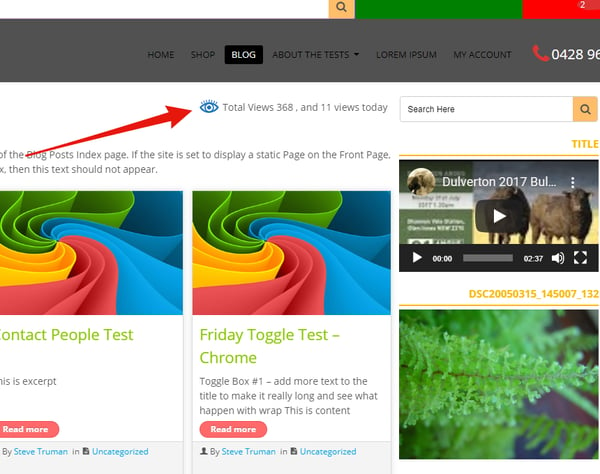 Image Source
Image Source 
WordPress Views
 Image Source
Image Source WordPress Views vs. Visitors
Displaying Post Views With a Plugin
1. Post Views Counter
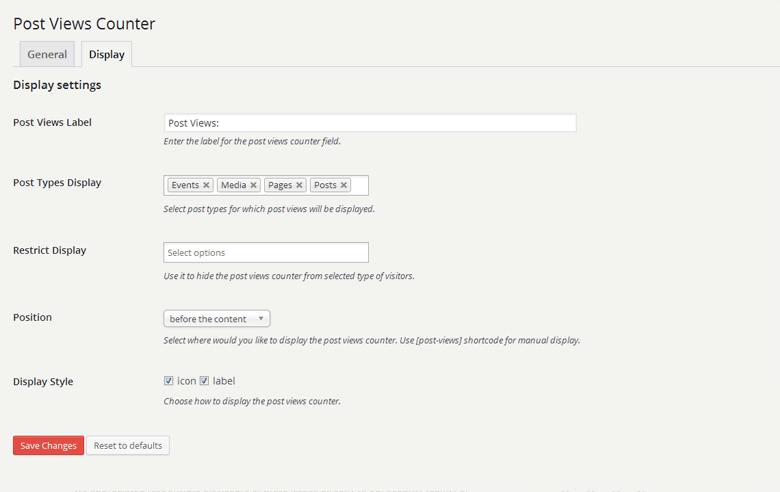
2. Page View Count
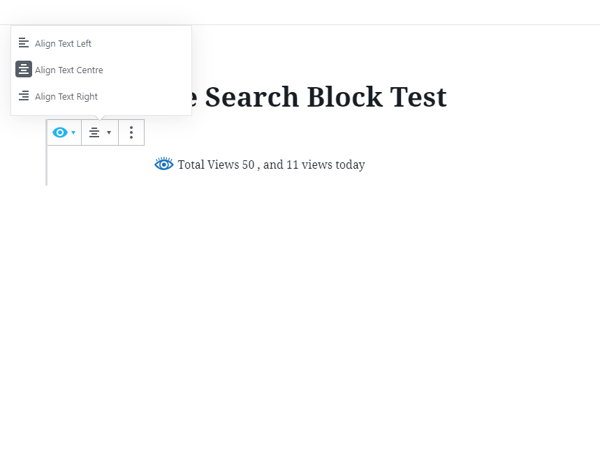
3. Page Visit Counter
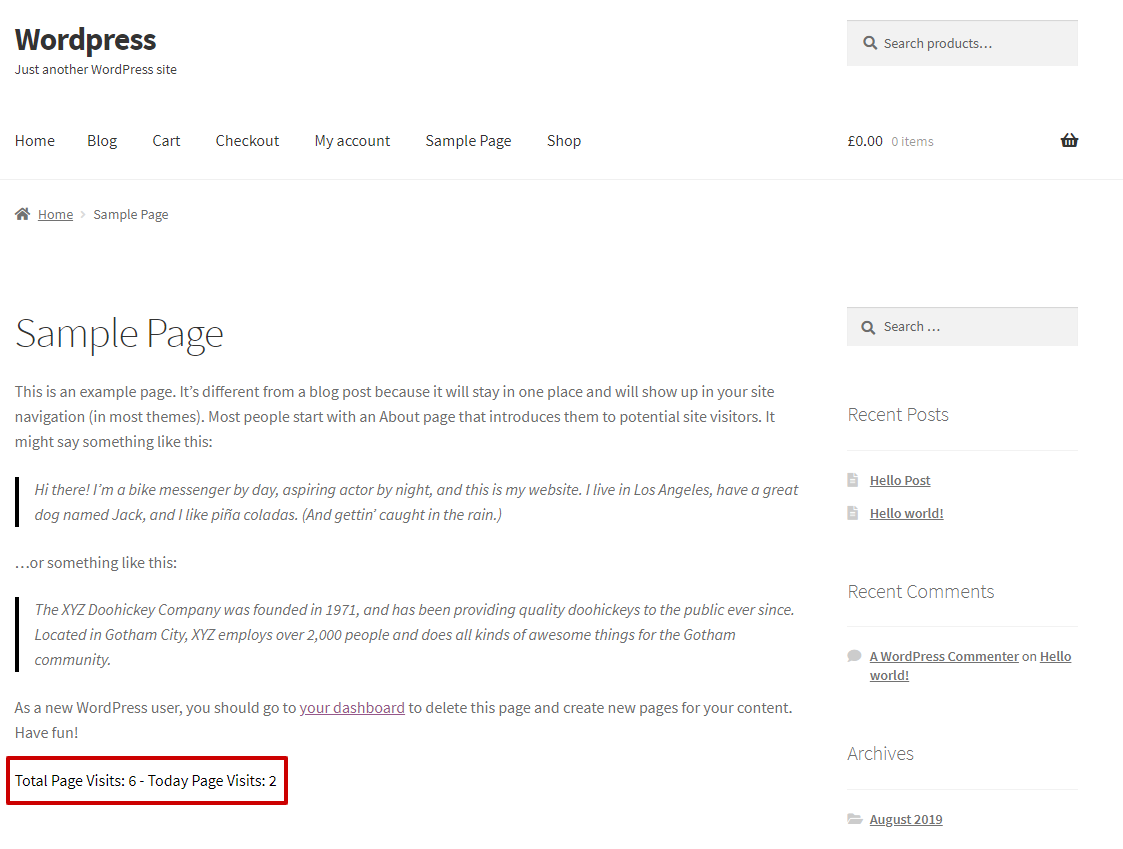 Image Source
Image Source Displaying Post Views Without A Plugin

Tracking Beyond Total Post Views
1. HubSpot WordPress Plugin
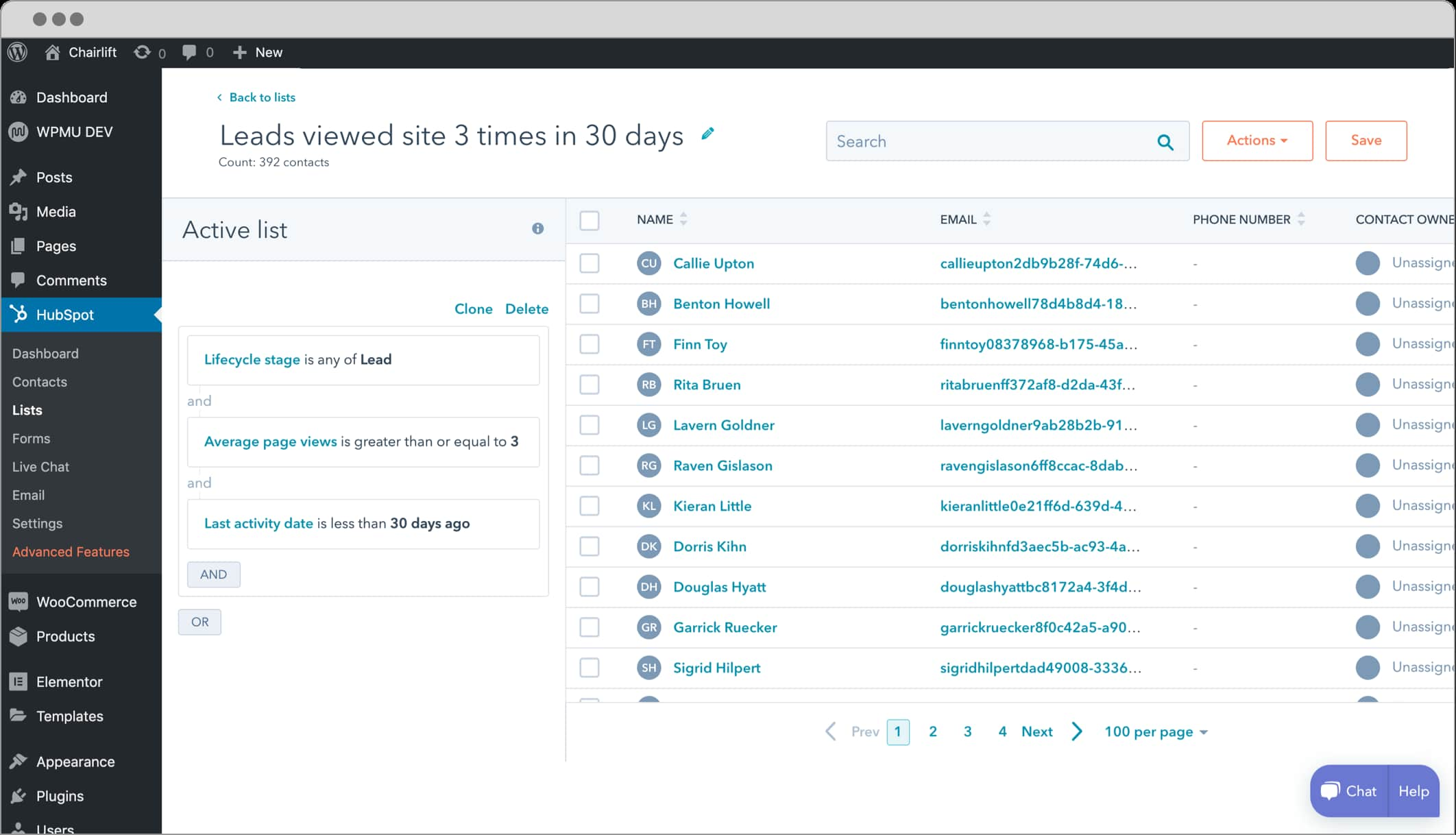
2. MonsterInsights
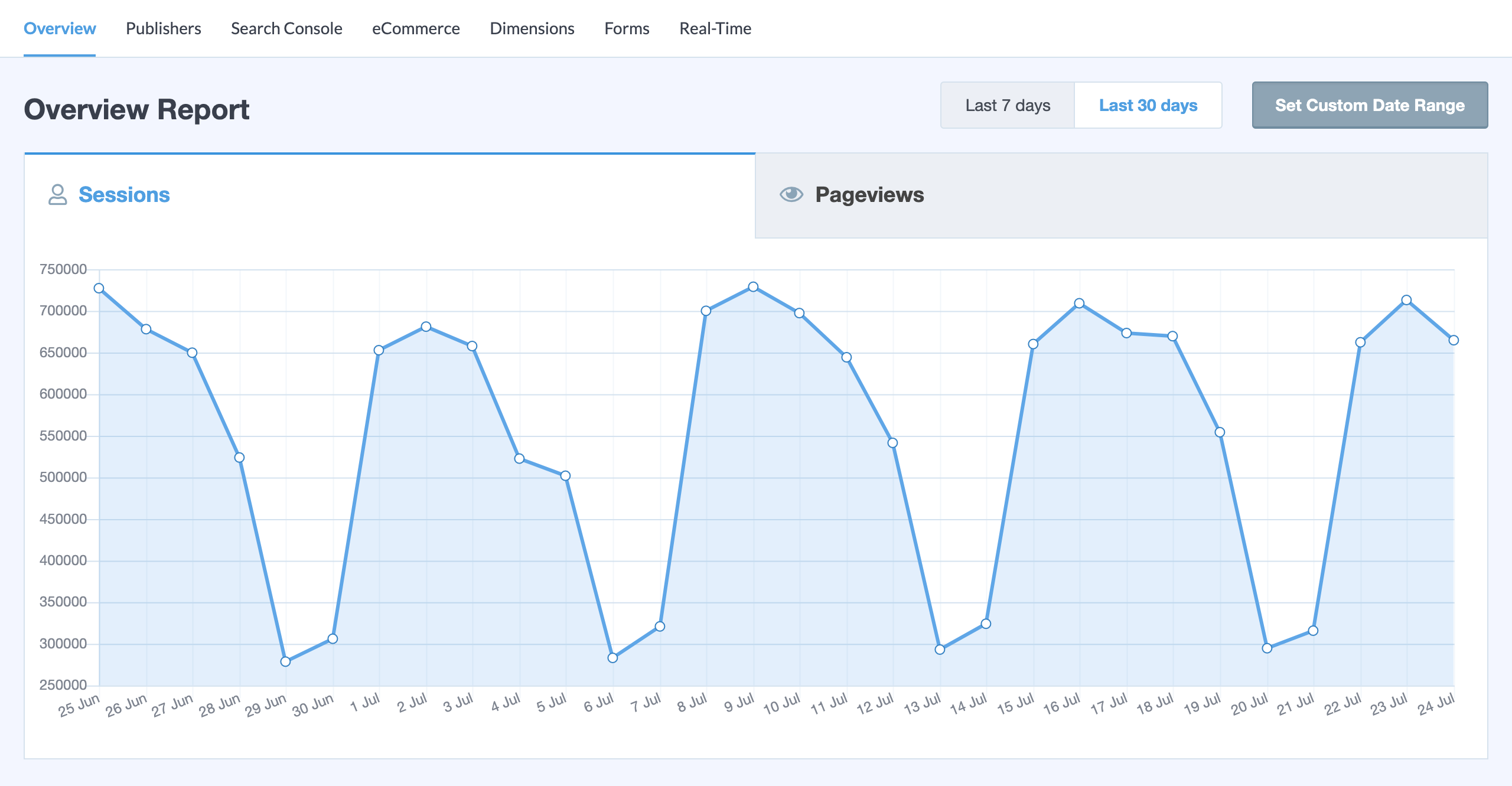 Image Source
Image Source 3. Jetpack
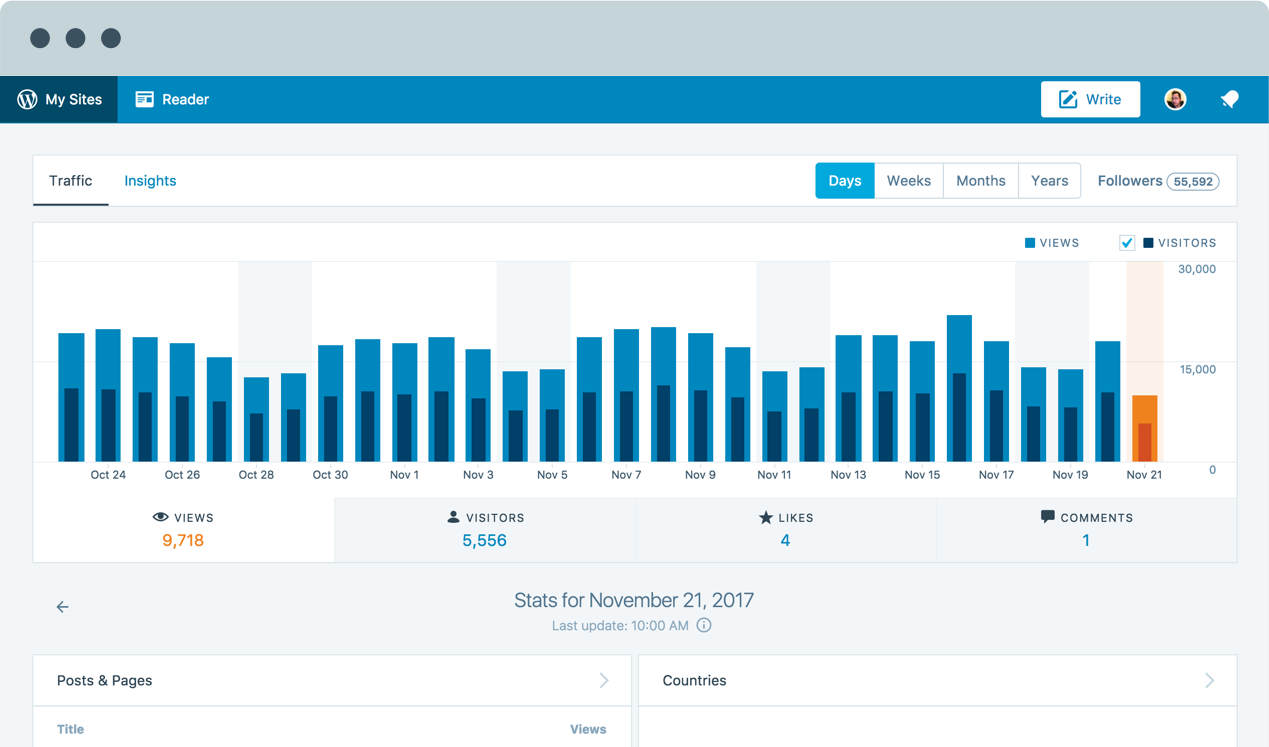
4. Google Analytics
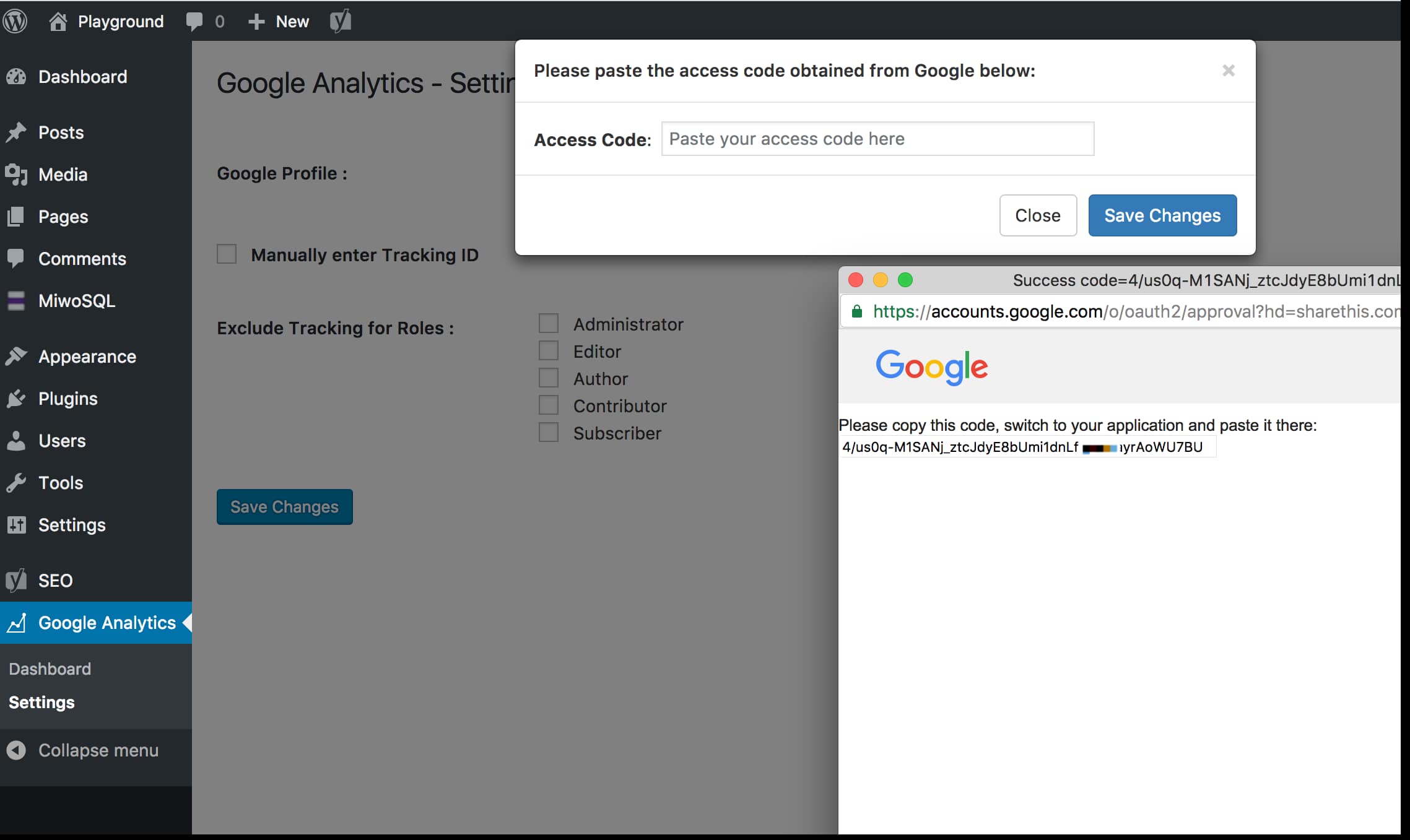 Image Source
Image Source Increase Engagement on Your WordPress Site With Social Proof


Originally published Jan 13, 2021 7:00:00 AM, updated October 19 2021
How To Increase Views On Wordpress Blog
Source: https://blog.hubspot.com/website/wordpress-post-views
Posted by: biondohuriturnar.blogspot.com

0 Response to "How To Increase Views On Wordpress Blog"
Post a Comment